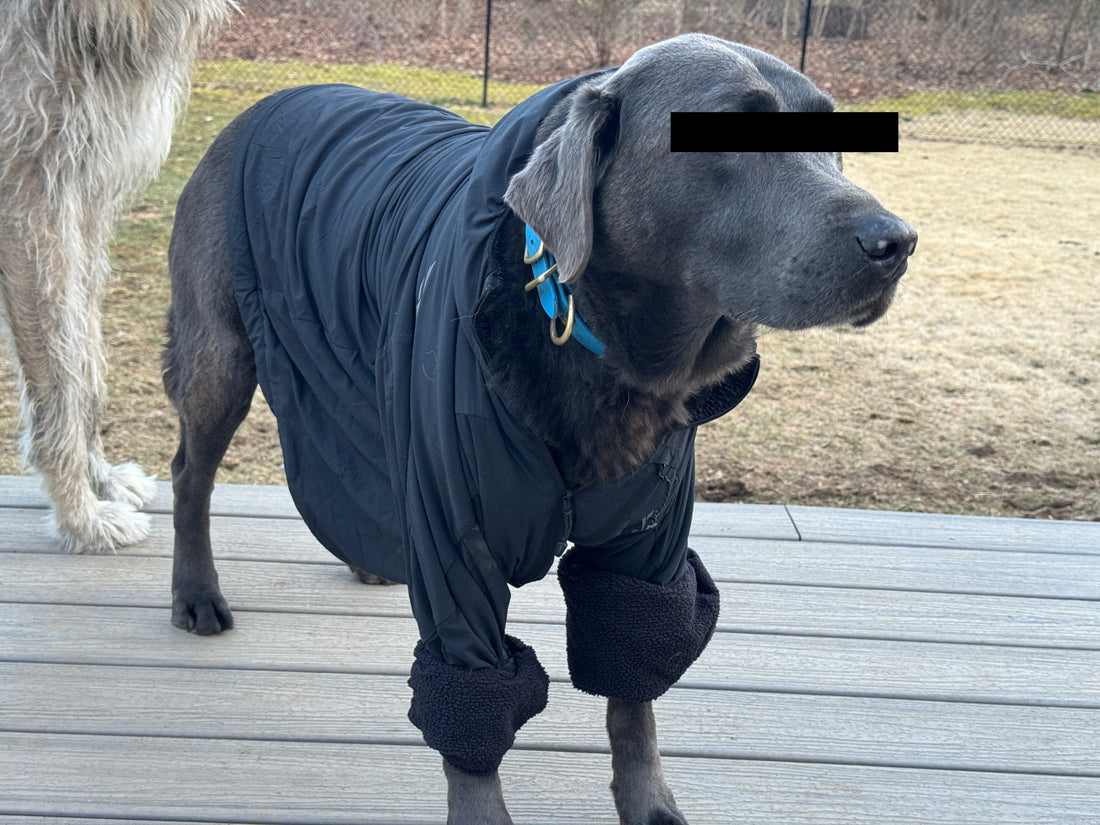Layering in the backcountry or engaging in activities that involve frequent starts and stops can be challenging. If you start with too much clothing, you'll sweat excessively, increasing your hydration needs and leaving you soaked and potentially odorous after vigorous movement. This is far from ideal for endurance, maintaining stealth during hunting, or ensuring overall comfort. Conversely, if you don't layer up adequately, you'll freeze, shiver, and require more food and fluids to stay warm.
The author has experienced both of these scenarios extensively. In military training environments, instructors are skilled at controlling this balance, often intentionally preventing trainees from wearing enough to stay warm. In tactical situations, achieving comfort can be exceptionally difficult due to the need to constantly don or doff gear, including armor and helmets, to adjust layers. It can be a real hassle.
Textile manufacturers consistently prioritize user comfort. Over the years, various materials have been developed in an attempt to strike the right balance. While many materials excel in specific aspects, there are often trade-offs involved. For example, a thicker merino wool sweater does a commendable job regulating temperature and controlling odors but dries slowly when wet. Fleece, such as Polartec, remains dry and provides warmth, but it can be bulky and lacks breathability.
In the author's opinion, the most effective active mid-layer has been the tried-and-true Polartec grid fleece. Although there's likely more to its performance than the author can describe, its advantage lies in the grid cutouts within the fleece, allowing for airflow while retaining warmth. It performs admirably and offers exceptional comfort.
There has long been a desire for a material that can provide a broader temperature range, keeping the wearer warm in the cold while allowing heat dissipation when needed. Enter the Sitka Ambient Hoody, crafted from PrimaLoft Evolve. This material aims to maintain warmth during periods of inactivity, breathe effectively during active moments, and dry rapidly when wet.
The author believes that this product comes closest to delivering on this promise. When wearing it, the material breathes exceptionally well, rarely causing overheating. It also dries remarkably fast and offers ample stretch, ensuring comfort during movement and activity. Furthermore, its lightweight (13 oz/368g) and packable design make it highly practical.
In addition to its performance, the material feels luxuriously soft, a welcomed feature during extended outdoor excursions when the body takes a beating. The exterior of this piece also appears rugged and is likely to withstand bushwalking.
The author envisions this as the perfect layer for skiing in temperatures around the 30s when paired with a shell. It should work well in the 40s or above, particularly in locations with minimal wind. It will prove particularly valuable at resorts that require significant walking between slopes.
For hunting, it will excel during activities that involve frequent stops and starts. It will likely become the first item to put on in the morning or sleep in on extremely cold days when mobility is required. It's a relief not to be drenched in sweat while shivering.
Let's be honest, you're likely to wear this piece around the house constantly and even to your favorite watering hole. Sitka, with its solid reputation, permits such versatility. Sitka unquestionably exudes coolness, and spotting someone in a Sitka jacket is almost guaranteed to spark an interesting conversation.
The author has no doubt that this layer will become the go-to choice for skiing and will never be left behind during any hunting trip. It's simply too lightweight and versatile to leave behind. Don't hesitate to acquire one today; you won't regret it.

